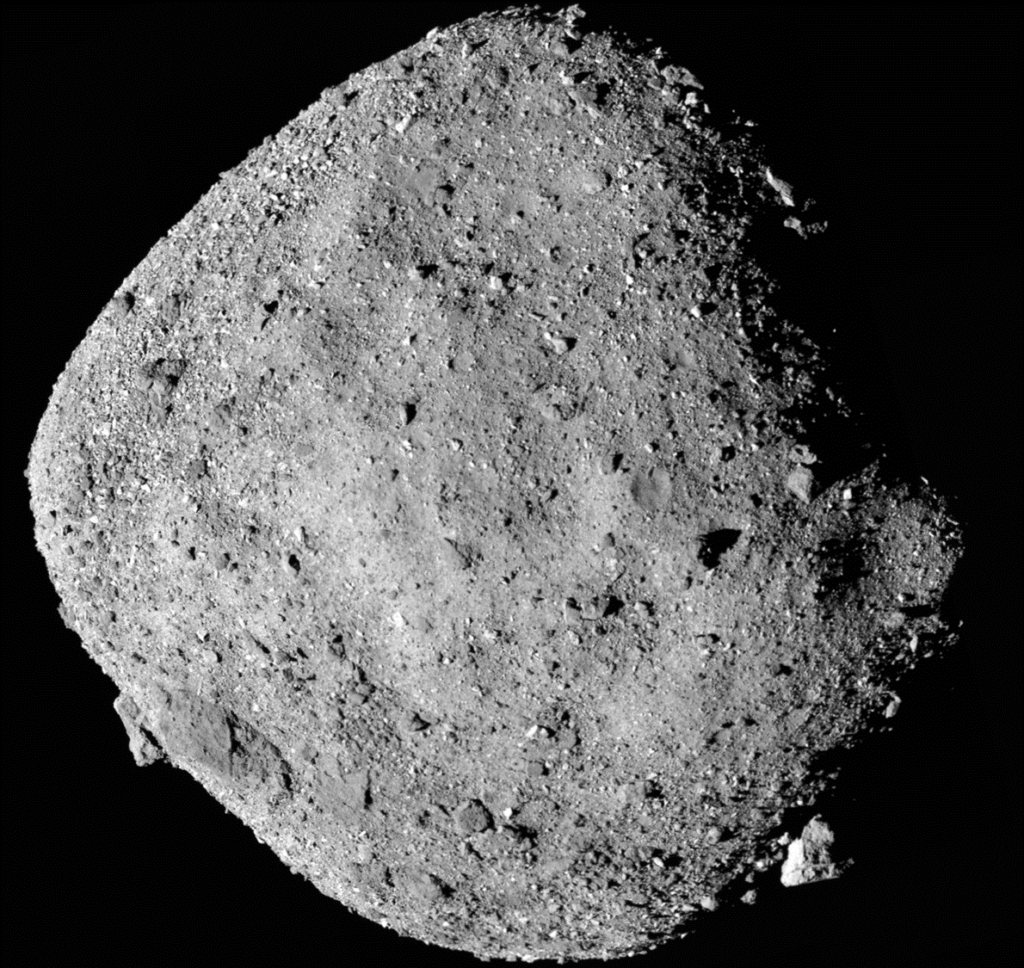Astrobiologists studying organic compounds in meteors have developed a technique that might let us finally see whether the building blocks for life could have arrived from outer space.

One of the fundamental questions about life on Earth is: where did it come from? Astrobiologists believe it must have been created somewhere–either on the surface of the Earth, out in space, or, most likely, somewhere in between.
A wide spectrum of theories exist for this topic. The most extreme is that life got started elsewhere else in the solar system and was delivered to Earth already formed. More mild theories hypothesize pre-life chemical structures formed elsewhere and were delivered. Most terrestrial, the familiar “primordial soup” theory holds that life and all its building blocks formed on Earth alone. This theory seems like the most straightforward, but it actually has to explain how you get from a soup of elements to full DNA molecules–and that has turned out to be pretty difficult.
The idea that the molecules that make up DNA may have been delivered to earth pre-formed removes the need to explain the first few baby steps of life’s formation on Earth. This theory does not have to explain how the molecules were formed out in space, as long as it proves they did exist in asteroids in the early-Solar System. During that time, while comets delivered water to the surface of Earth, organic compounds necessary for life could have been delivered as well. Life can pick up from there without any explanatory issues. (The chemists can work out the space part later.) This theory can be tested if appropriate samples from that time period can be collected and analyzed.
Scientists have analyzed the chemical composition of meteors that fell to Earth to look for the presence of those precious molecules around the time of the formation of the Solar System. Beginning with studies in the 1960s (1), scientists began finding some of the key molecules, and in 2011, scientists were able to confirm the presence of three of the five necessary molecules (2).
“The research gives support to the theory that a “kit” of ready-made parts created in space and delivered to Earth by meteorite and comet impacts assisted the origin of life.” –Dr. Michael Callahan, astrobiologist, NASA Goddard Space Flight Center.
This was exciting, but not the whole story that was hoped for. The other two molecules are more likely to deteriorate when subjected to the methods used in these studies, which made measuring them impossible. Other methods needed to be developed to pursue this topic any further. Over the last decade, one of the methods that has proven useful is ultrasonication (3). In the last few years, it has been successfully used to detect the remaining two molecules! Although, the quantities it detected are nowhere near the abundance necessary to match that of the three previously identified molecules. Therefore, space might not have provided enough of these molecules to kick-start life.
“If these results are representative of typical concentrations in meteorites, geochemical synthesis on early Earth would likely have been responsible for the emergence of genetic material rather than inputs from extraterrestrial delivery.” –Dr. Michael Callahan, astrobiologist, Boise State University.
These results are just the first round using ultrasonication, and are far from definitive. Regardless of the results from these meteorites, most astrobiologists won’t make up their mind until a pristine sample of an asteroid is collected in space and brought to Earth for analysis. Just in time for chemists to iron out the kinks in their method, two space programs were already working on scooping up asteroid pieces to bring back home. Japan’s JAXA was able to return a sample from asteroid Ryugu in 2020, and NASA will return a sample of asteroid Bennu in 2023. Once scientists can prove the efficacy of ultrasonication for these applications, they might have a chance to use it to study precious samples from these asteroids! We may soon come one step closer to understanding the origin of life on Earth.


A pretty good breakdown of the two main theories on how life on Earth started. The RNA World theory explanation for the ‘missing link’ between DNA and the primordial soup is that RNA came first, and basically mutated until DNA showed up, which has a much better survivability because it replicates/permeates more effectively. I think this is still a viable explanation, because RNA mutates at a pretty high rate. The panspermia theory has a few kinks- material has to survive through the atmosphere and impact as well as a considerable degree of radiation (can’t quite remember if this is from cosmic background radiation or stuff from galactic bodies.) I do think that it’s still a good idea to study asteroids, as it would still help in our search for life elsewhere given that at some point in the universe’s age impacts were extremely common.